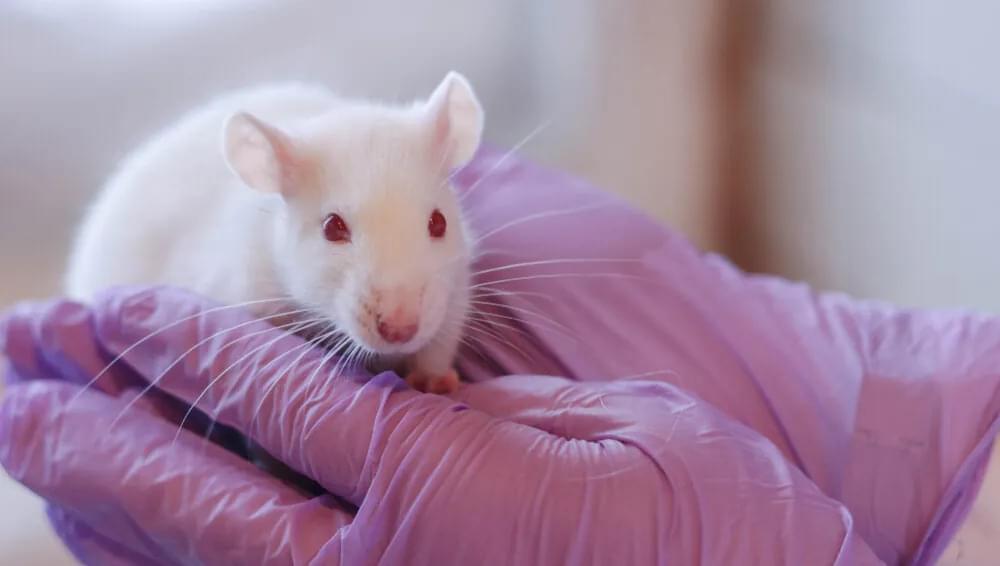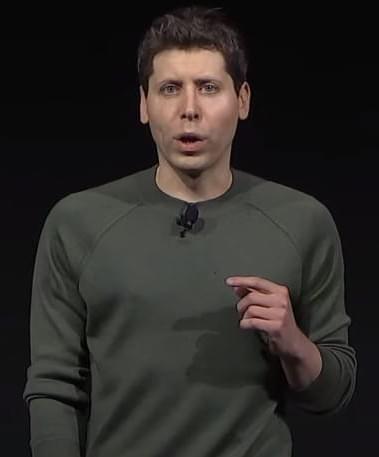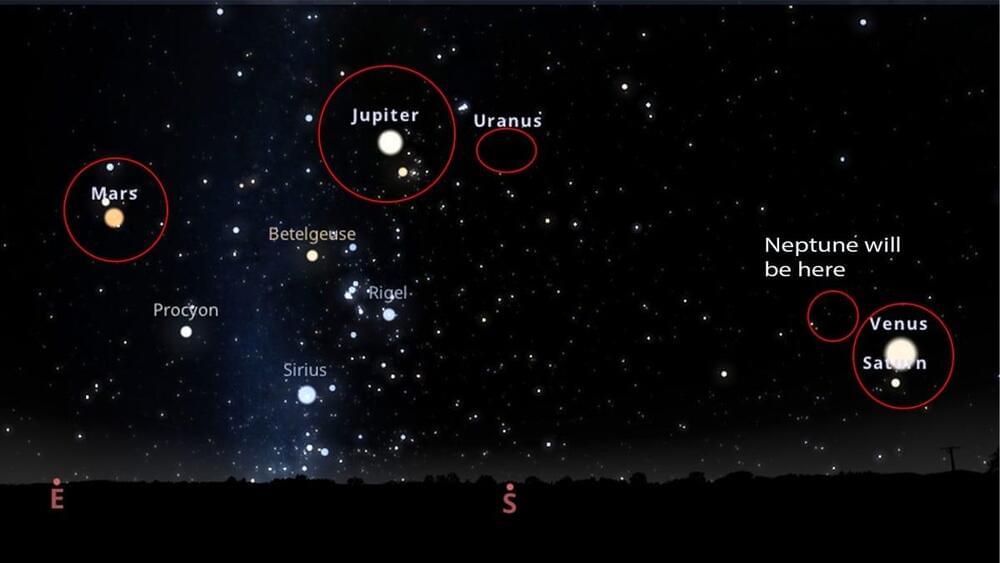Discover how AI and blockchain are joining forces to tackle challenges in transparency, scalability, and trust. Explore 3 projects leading decentralized AI innovation.



In a new study, an international team of physicists has unified two distinct descriptions of atomic nuclei, taking a major step forward in our understanding of nuclear structure and strong interactions. For the first time, the particle physics perspective – where nuclei are seen as made up of quarks and gluons – has been combined with the traditional nuclear physics view that treats nuclei as collections of interacting nucleons (protons and neutrons). This innovative hybrid approach provides fresh insights into short-range correlated (SRC) nucleon pairs – which are fleeting interactions where two nucleons come exceptionally close and engage in strong interactions for mere femtoseconds. Although these interactions play a crucial role in the structure of nuclei, they have been notoriously difficult to describe theoretically.
\r \r.
“Nuclei (such as gold and lead) are not just a ‘bag of non-interacting protons and neutrons’,” explains Fredrick Olness at Southern Methodist University in the US, who is part of the international team. “When we put 208 protons and neutrons together to make a lead nucleus, they interact via the strong interaction force with their nearest neighbours; specifically, those neighbours within a ‘short range.’ These short-range interactions/correlations modify the composition of the nucleus and are a manifestation of the strong interaction force. An improved understanding of these correlations can provide new insights into both the properties of nuclei and the strong interaction force.”



A team including researchers from Seoul National University College of Engineering has developed neuromorphic hardware capable of performing artificial intelligence (AI) computations with ultra-low power consumption. The research, published in the journal Nature Nanotechnology, addresses fundamental issues in existing intelligent semiconductor materials and devices while demonstrating potential for array-level technology.
Currently, vast amounts of power are consumed in parallel computing for processing big data in various fields such as the Internet of Things (IoT), user data analytics, generative AI, large language models (LLM), and autonomous driving. However, the conventional silicon-based CMOS semiconductor computing used for parallel computation faces problems such as high energy consumption, slower memory and processor speeds, and the physical limitations of high-density processes. This results in energy and carbon emission issues, despite AI’s positive contributions to daily life.
To address these challenges, it’s necessary to overcome the limitations of digital-based Von Neumann architecture computing. As such, the development of next-generation intelligent semiconductor-based neuromorphic hardware that mimics the working principles of the human brain has emerged as a critical task.

String theory could reshape our understanding of the Universe’s accelerating expansion and unlock the mysteries of dark energy.
The accelerating expansion of the Universe might not be just an unexplained phenomenon — according to a new proposal by theoretical physicists, it could be a fundamental feature woven into the very fabric of reality.
The researchers suggest that space is not an empty vacuum but that instead our whole Universe is a complex quantum object called the Glauber-Sudarshan state, where countless interacting strings are constantly born and disappear. This hypothesis breathes new life into string theory, which has long aimed to unify all the fundamental forces of nature.

This has to do with E5, but last I checked they were only doing skin rejuvenation treatments in people.
In Aging Cell, researchers have published their findings that exosomes, which we have previously reported to extend the lives of mice, also extend the lives of rats.
Known to be effective
Exosomes, a subset of extracellular vesicles (EVs), can be visualized as messages and packages that cells send to one another. Along with lifespan studies, EVs have been investigated for their ability to treat liver fibrosis, and they have been identified as potential biomarkers of disease [1].


OpenAI’s senior leaders recently participated in a Reddit AMA session, revealing their future plans and other insights. The session featured Sam Altman (CEO), Kevin Weil (Chief Product Officer), Mark Chen (SVP of Research), Srinivas Narayanan (VP of Engineering), and Jakub Pachocki (Chief Scientist).
Model Development & Releases:
Q: Is there a plan to continue to release models in the “o” series from now on? Will you continue to improve on the “regular” models (e.g., GPT-3, 4, 4o, 5)? Both, or a combination of those?
